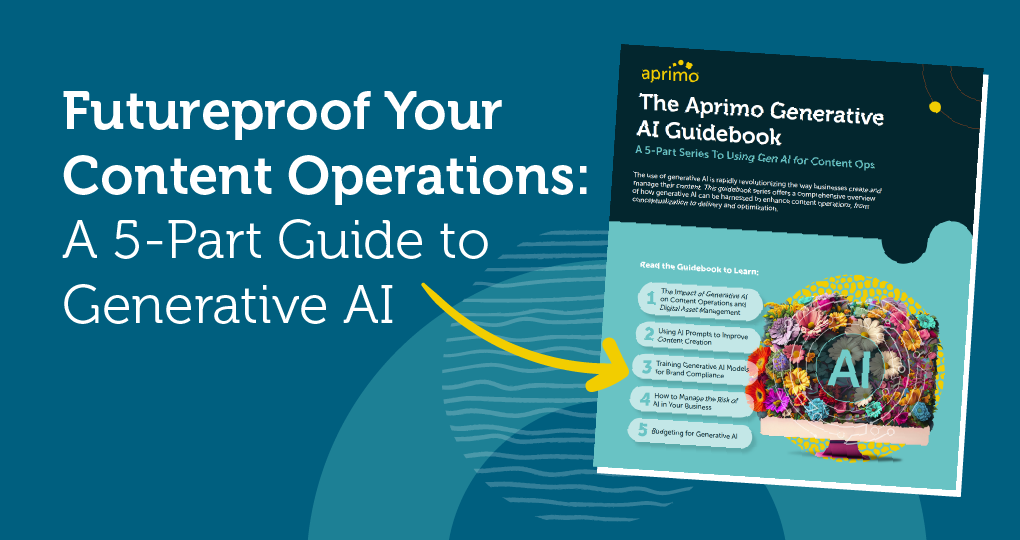DAM Integrations that Multiply Your Impact

Today’s businesses have tools for every business function. Most departments use between 40 and 60 different applications. That’s a lot of different systems to master and switch between. Fortunately, many modern systems are designed with integrations that allow them to share data and work together. These integrations are particularly important for systems that your organization heavily relies on, such as your data asset management software.

Understanding DAM Integrations
A digital asset management system lets you store, organize, manage, retrieve, and distribute digital assets, such as photographs, videos, audio files, presentations, documents, and other digital content. A DAM system centralizes your assets and provides a structured way to manage them through features like metadata tagging, rights management, and version control.
The power of DAM software is that it serves as a single source of truth for all of your content for everyone in your organization. To be effective, it needs to work with the tools that your teams use in their daily workflows.
Without integrations, digital assets can become trapped in silos, making it difficult for teams to access and use them effectively. This can lead to inconsistencies in asset use and a lack of cohesive branding. When DAM isn’t integrated with other tools, the process of downloading assets from the DAM and then uploading them to another platform is time-consuming and prone to errors.
Key Features of Effective DAM Integrations
One of the primary features of effective DAM integrations is the ability to connect seamlessly with the tools and platforms your business uses most. Effective integrations should support a variety of platforms, including content management systems (CMS), project management tools, social media platforms, marketing automation software, and others.
Automation across systems is another significant benefit of DAM software integration. You can automate the process of distributing assets across platforms and channels. When a new asset is uploaded to the DAM platform, it can automatically be formatted and sent to specified social media channels or marketing platforms.
By integrating with project management and workflow tools, a DAM system can also automate parts of the content creation and approval process. Once an asset is approved within the DAM system, it can automatically move to the next stage in the project management tool.
Version control and synchronization maintain the integrity and relevance of your digital assets. With integrations, comprehensive version control allows every change made to any content to be tracked and recorded. Your team will always be working with the most updated version but can access previous versions if needed.


Choosing the Right DAM Integration Strategy
Before you can choose the best DAM integration strategy, you need to conduct a comprehensive assessment of your organization’s specific needs and goals. Analyze your current workflows and identify areas where DAM integration could improve efficiency, such as automating repetitive tasks, improving collaboration, or streamlining content distribution.
Once you have a clear understanding of your needs, you can set objectives for what you want to achieve with your DAM integration. Your digital asset management software should be technically compatible with your existing software platforms and be able to integrate with your existing data structures and formats.
Your DAM integration strategy should meet your current needs and be adaptable to future requirements. The DAM system should be scalable to accommodate future growth and be able to integrate with emerging technologies and platforms in the future.
Addressing Common Misconceptions About DAM Integrations
Don’t let misunderstandings about implementation challenges deter you from leveraging the full potential of DAM integrations. While it’s true that integrating a DAM system into an existing digital ecosystem can be challenging, it doesn’t have to be overly complicated.
Modern DAM systems are designed to be flexible and customizable so they can be tailored to fit your technical environment. Quality vendors will offer expert support and consultation services during the integration process to make this easier. You can also take a modular approach with phased integrations, starting with the most critical functionalities and gradually adding more features.
As part of the integration process, you’ll need to make sure your teams are trained on how to use the DAM system properly. You can provide role-based training programs for different levels of users. Provide accessible onboarding resources such as tutorials, FAQs, and interactive guides to help your teams become comfortable with the DAM system more quickly.


Measuring the Impact of DAM Integrations on ROI
Measuring the return on investment (ROI) of your DAM integration can help you understand its value. To calculate the ROI, you need to establish clear key performance indicators (KPIs), such as:
-
Time savings on how long it takes to find, access, and use digital assets before and after DAM integration
-
How frequently and effectively digital assets are being used post-integration
-
User adoption rates, including how quickly and extensively your employees are adopting the DAM system
-
Error reduction or rework related to asset management
-
Cost savings associated with managing digital assets, such as decreased reliance on external storage solutions or reduced need for asset recreation
You’ll need to adopt continuous monitoring and adaptation procedures to optimize your ROI on your DAM system integration. Conduct regular reviews to assess how well the DAM integration is meeting its KPIs and contributing to ROI.




